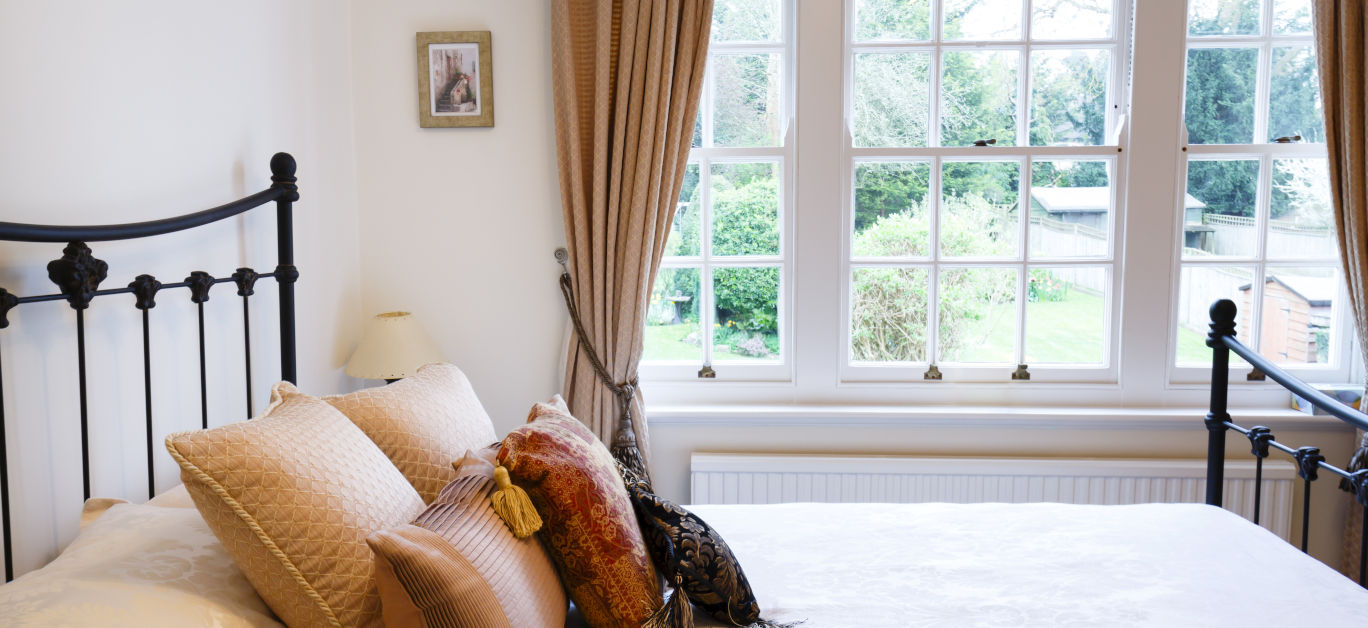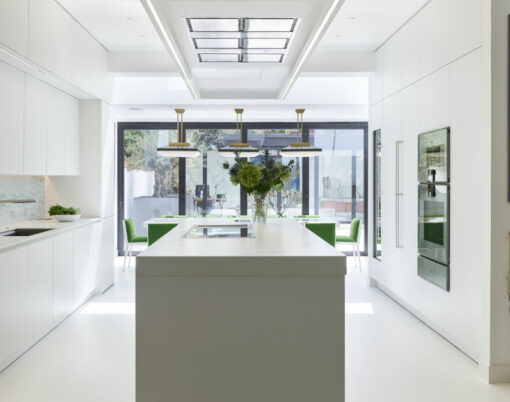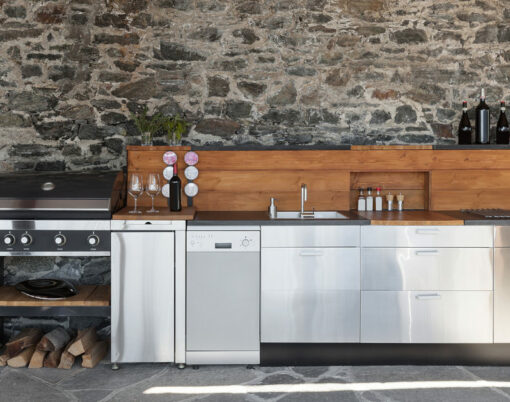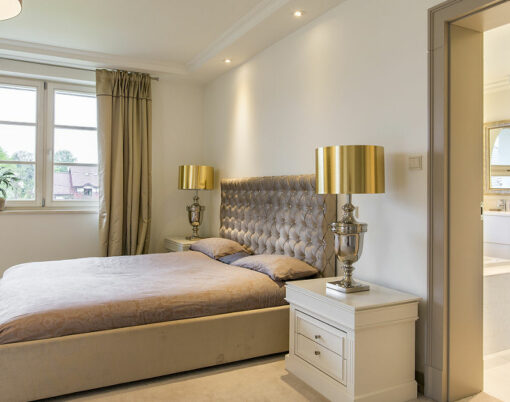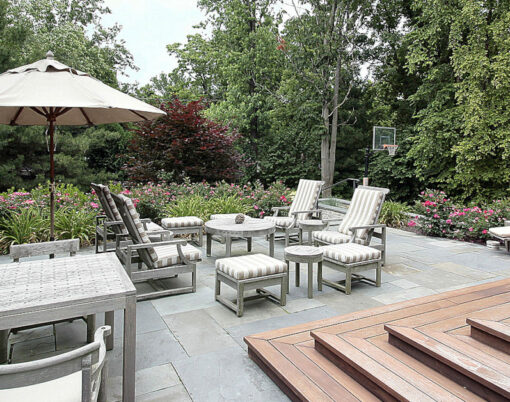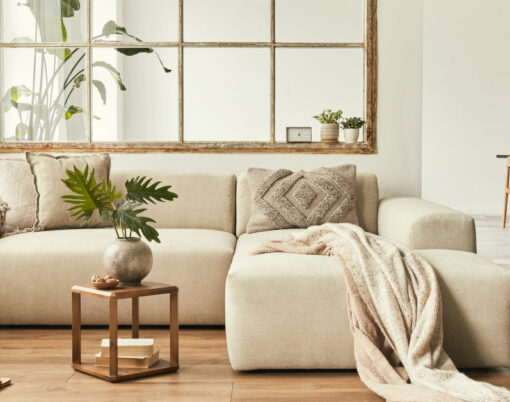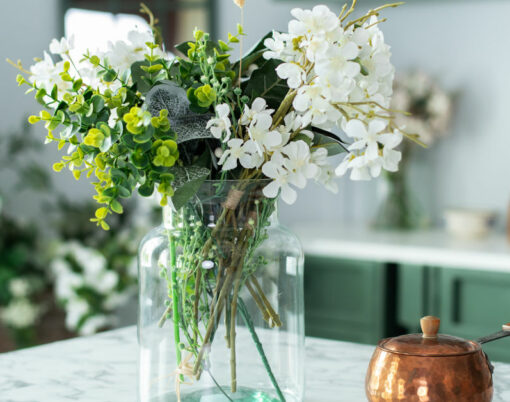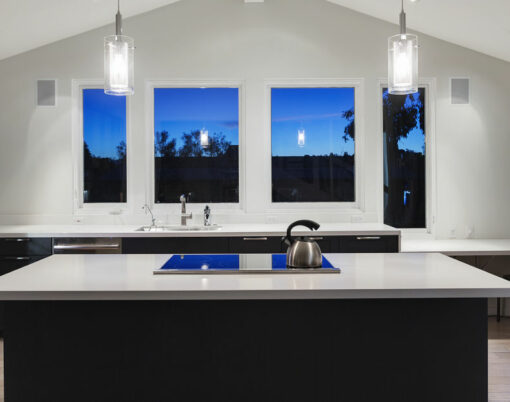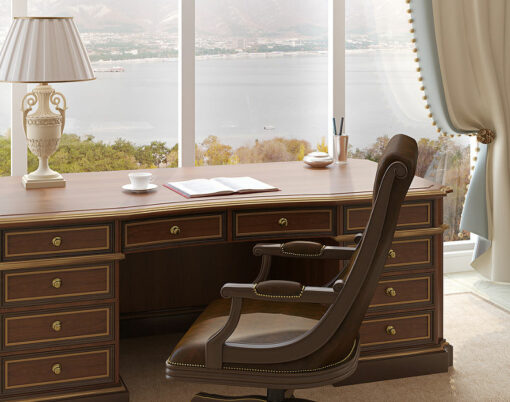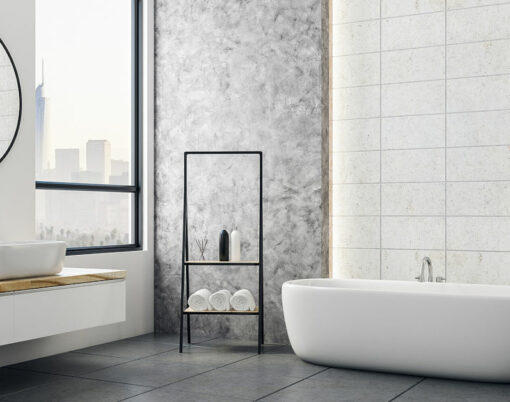Renovating older properties can be difficult due to building regulations and protected statuses. Still, that doesn’t stop homeowners chasing their timeless appeal. There are an estimated 5.5 million traditional properties and 375,000 listed properties in the UK, so there’s a good chance you’ll stumble upon one on your search for your dream home.
For those who want the heritage feel without having to deal with the regulations, there are plenty of ways to master that heritage aesthetic in your home. To find the best ways to achieve this look, we spoke to the window and interior experts at The Heritage Window Company for their tips and tricks of the trade.
Heritage properties and building regulations
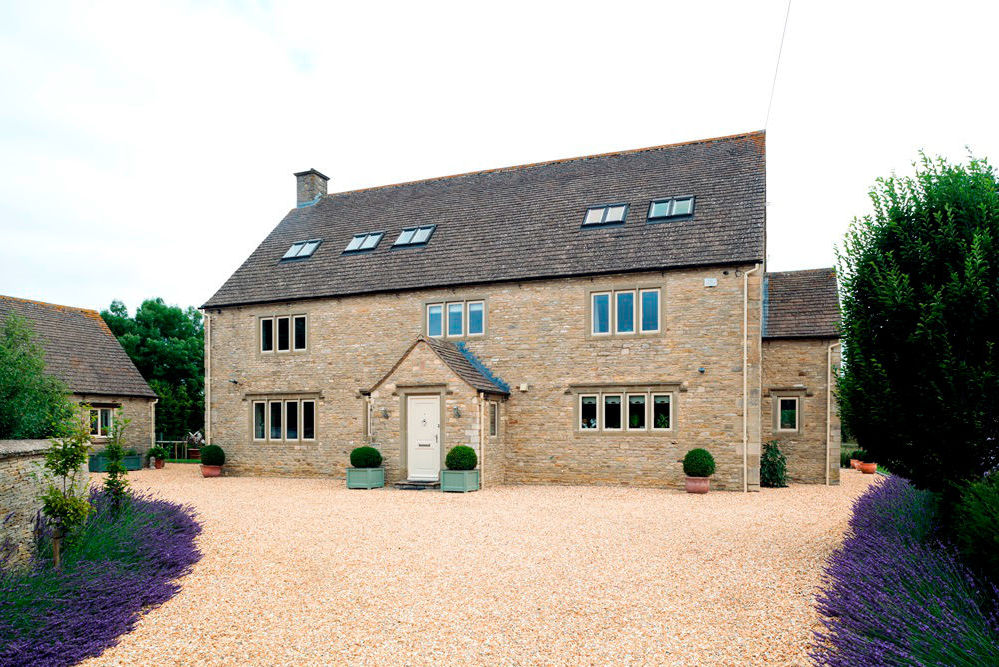
Many living in heritage buildings want to modernise their living spaces with the contemporary amenities we’ve come to enjoy in our homes, including modern windows with better insulation, heated flooring, conservatory extensions and restructured flooring plans.
However, depending on the age of a property and the area in which it is located, these changes may be strictly controlled to protect its heritage status. Listed buildings can be categorised in one of three grades, though residential homes fall into Grade II in the vast majority of cases.
- Grade I: buildings of exceptional interest.
- Grade II*: particularly important buildings of more than special interest.
- Grade II: buildings that are of special interest.
As well as listed building status, which is managed by Historic England, your property may also be subject to location-specific building regulations administered by your local council, meaning that you may have additional local rules to be wary of.
For example, building regulations on older properties are expected to seek approval and meet standards for adding a thermal element, adding extensions or installing a ‘controlled fitting’ such as a window.
With so much red tape, it’s no surprise that many are instead seeking to renovate their modern properties with aesthetics that capture the heritage feel without the headache.
Search the listed building list to find out whether your dream property features.
What gives a property a heritage aesthetic?
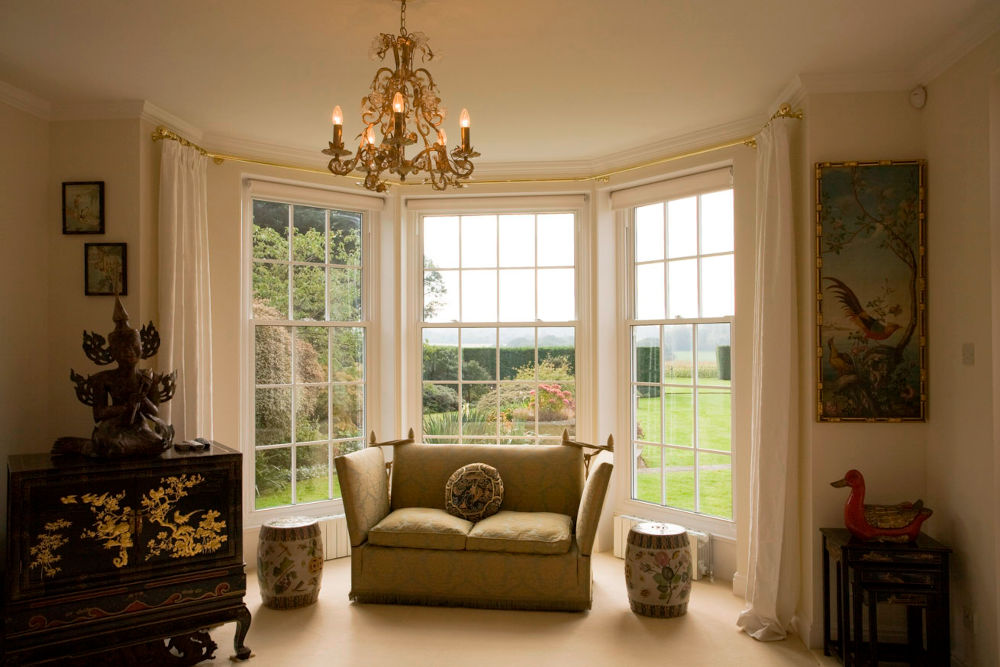
Heritage aesthetics are often associated with bold styles that seamlessly incorporate tradition into their interiors. Everything from considered use of art to grand entrance hallways can make your property feel more ‘heritage’ than its construction date would lead you to believe.
A fully considered heritage aesthetic comes down to being consistent with your rooms’ interior design. Older pieces, rustic furniture, metal framed windows and bold use of colour throughout the property are a must.
Though there’s plenty of value in accumulating a range of different heritage pieces for your home, you can create an air of consistency throughout by looking for furniture or ornaments which echo a specific interior design trend, such as art deco, gothic or neo-classical.
How to find the perfect windows with a heritage feel
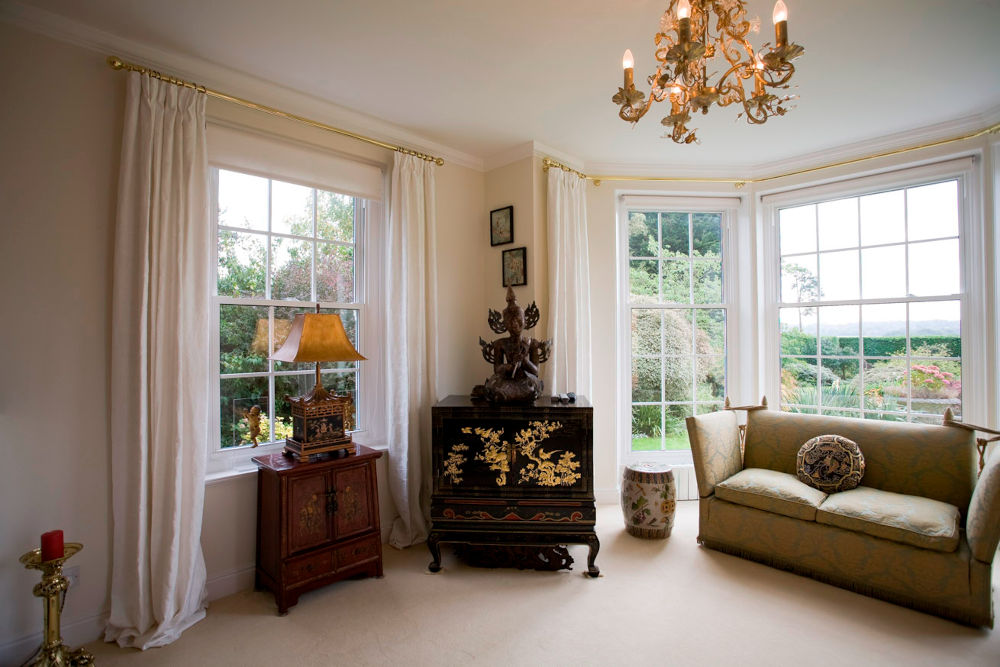
Heritage windows are distinguishable by their shape and traditional metal frame glazing. As one of the first things you notice from the kerb, proper heritage windows are a must when trying to capture a historic aesthetic.
Fitting sash windows into your home is a great way of capturing the heritage aesthetic. Sash windows are often found in Georgian and Victorian homes, boasting large viewing angles and a traditional style. This window style can be elevated by opting for aluminium construction, allowing you to choose a black colour option. Mixing the modern meets heritage style in a way which is both tasteful and timeless.
Whichever you choose, it’s important to be sure your new windows meet UK regulations to ensure your home is properly insulated, energy efficient and up to regulation.
Achieving perfect heritage interiors
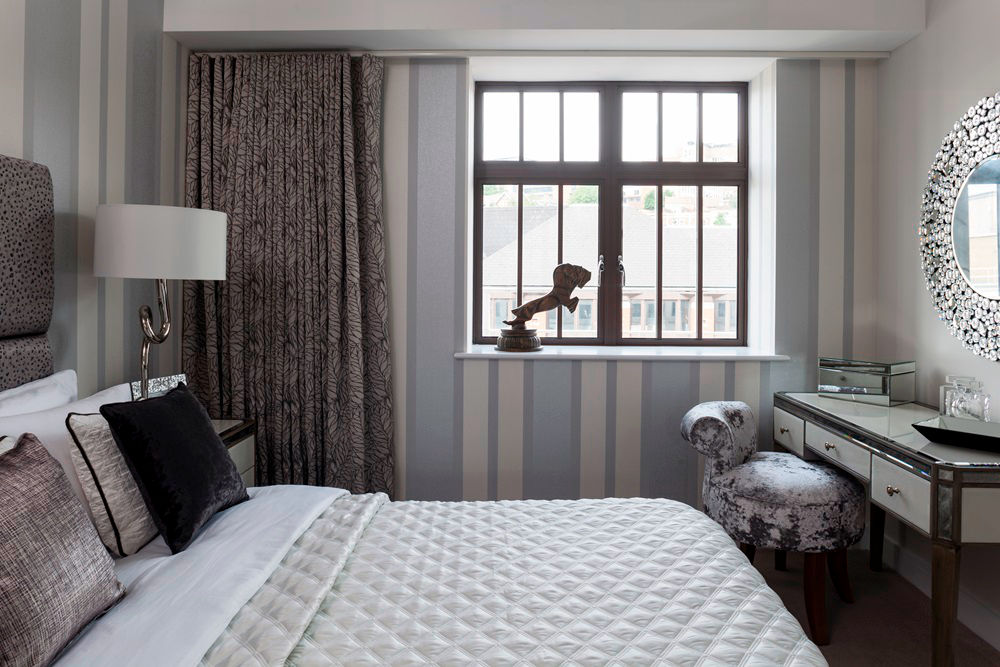
Considered interiors are the key to fully realising a heritage aesthetic in your home. There are a few ways you can complete the look and it may be less costly than you’d initially assume.
Bold colour
Heritage properties use bold colours and patterns to give rooms their own distinct character. Block reds, blues and greens are a fantastic way of contrasting antique furniture and making your home feel more rustic.
Art
Dark frames, traditional art and dressed wall space play a large role in heritage aesthetics. Older artwork doesn’t have to be expensive, either. Charity shops and auctions can be hot spots for cheaper older pieces, especially with the opportunity to haggle the price down.
Antique pieces
Classical furniture, ornaments and display pieces make perfect additions to a home that wants to master the heritage aesthetic. They are also easier to find than you might assume, especially with the many antique fairs, auctions and shops across the UK. Keep an eye out for pieces that will sit nicely on dining room tables or cabinets, as well as larger pieces of furniture.
After following these simple steps, you’ll find your home slowly transform into the heritage property of your dreams. Timeless style is just around the corner.












